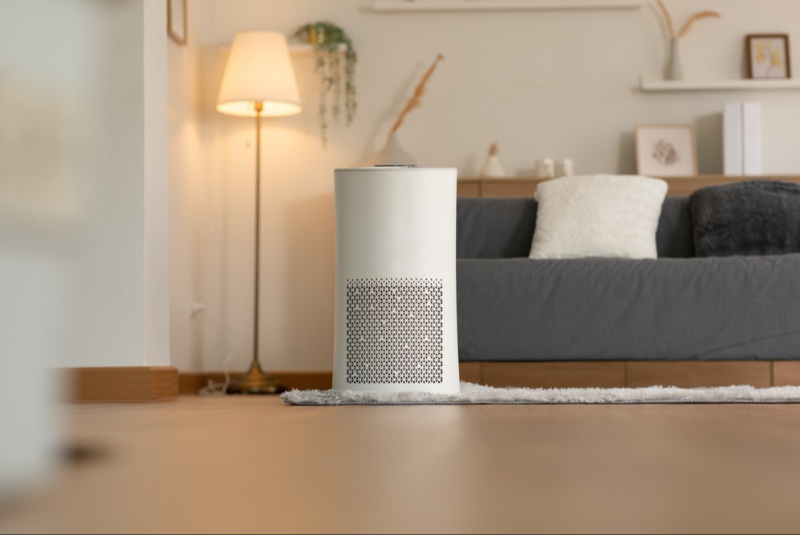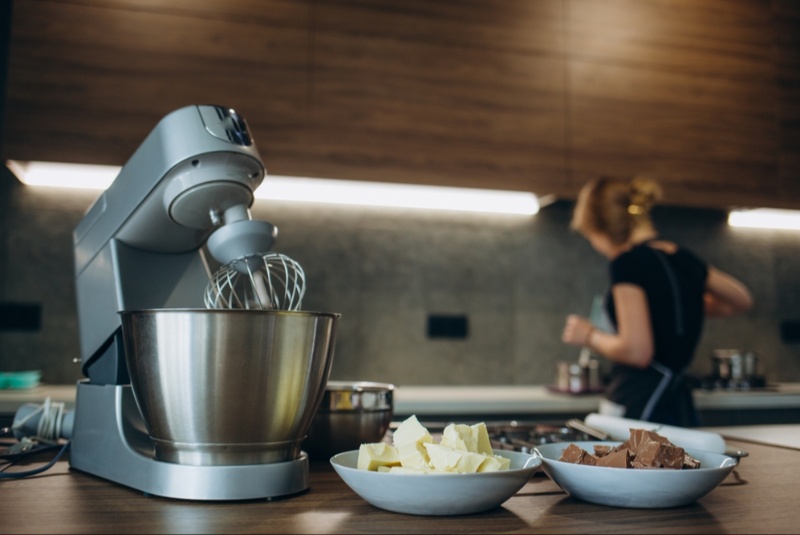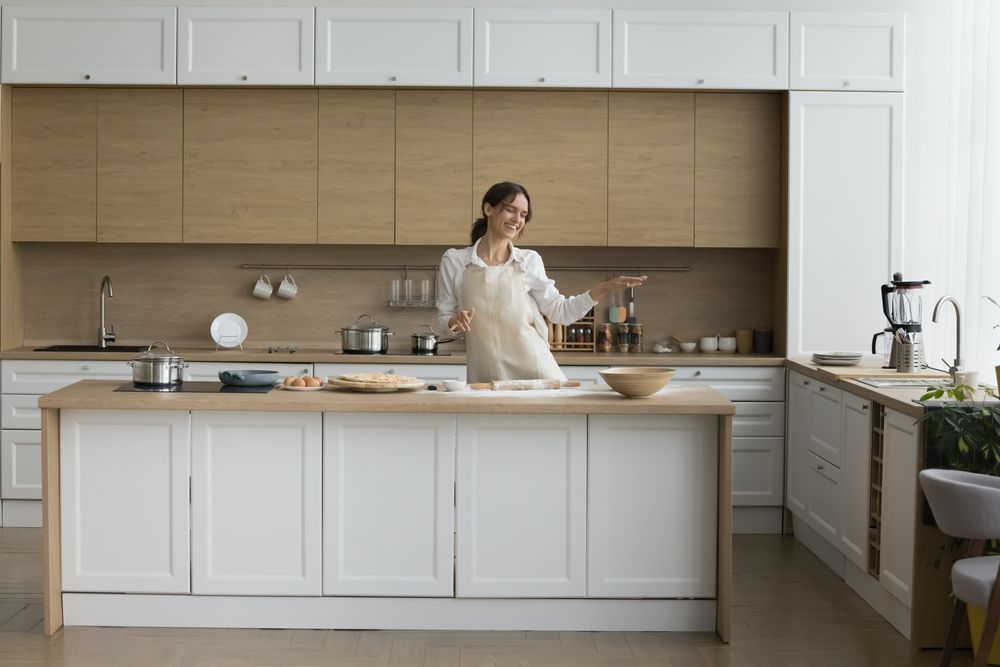Breathing clean, fresh air is not just a luxury—it’s a fundamental necessity. However, with pollution levels rising and allergens becoming more prevalent in the environment, an air purifier has become a valuable addition to many homes. With countless brands and models on the market, choosing the right air purifier can feel daunting. This guide breaks down everything you need to consider, helping you make a well-informed choice that delivers real value.
1. Identify Your Primary Needs
Before you jump into purchasing an air purifier, it's essential to understand your main reason for needing one. Clarifying your goals will make it easier to find a purifier that fits your lifestyle and specific needs:
- Allergies: If you suffer from allergies, especially to pollen, pet dander, or mold, an air purifier can be a valuable ally in reducing indoor allergens.
- Asthma or Respiratory Conditions: Those with asthma or other respiratory issues may benefit from an air purifier that reduces triggers like smoke, chemical fumes, and strong odors.
- Living in a Polluted Area: City dwellers or those near industrial areas can benefit from a purifier that reduces airborne pollutants and improves indoor air quality.
Identifying your primary purpose will guide you toward an air purifier with the right filtration capabilities and power.
2. Essential Features to Consider
Understanding the key features of an air purifier will help you select the best model for your needs:
- Filter Type: HEPA (High-Efficiency Particulate Air) filters are highly effective, trapping at least 99.97% of particles as small as 0.3 microns, including dust, pollen, and smoke. Models with activated carbon filters are also valuable for removing odors and gases.
- Clean Air Delivery Rate (CADR): CADR indicates how fast a purifier can clean the air in a specific room size. It is measured in cubic feet per minute (CFM), and a higher CADR means quicker and more efficient cleaning.
- Size and Room Capacity: Air purifiers come in various sizes, each suitable for different room sizes. Check the manufacturer's guidelines to ensure the model you choose is appropriate for your intended room.
- Noise Levels: Especially if you plan to use the air purifier in a bedroom, quieter models are preferable. Check the decibel rating, aiming for a low-noise option that won’t disrupt sleep or conversations.
- Energy Efficiency: Since air purifiers often run continuously, choose an Energy Star-certified model to keep electricity costs in check.
3. Extra Features You May Find Useful
Certain additional features can enhance the convenience and functionality of your air purifier:
- Air Quality Sensors: Many models now include sensors that adjust settings based on air quality, saving energy and ensuring optimal performance.
- Filter Change Indicators: These indicators notify you when it’s time to replace the filter, ensuring you always get the best performance.
- Smart Controls: For added convenience, some purifiers connect to smartphones, allowing remote control and real-time monitoring of air quality.
4. Beware of Ozone-Emitting Models
While some purifiers advertise themselves as ozone generators, it's important to know that ozone can be harmful to your respiratory system. Make sure the purifier you choose is ozone-free and relies on safe, effective filtration methods rather than producing ozone.
5. Factor in Maintenance Costs
Beyond the initial purchase price, maintenance costs are essential to consider. Filters need to be replaced periodically, with some requiring replacements every six months to a year. Be aware of filter replacement costs and check how often they need changing. Opting for a model with affordable, readily available filters can make a big difference in long-term costs.

6. Placement Matters
Where you place your air purifier can impact its effectiveness. For optimal performance, place the purifier where air can circulate freely around it. Avoid positioning it in corners or tight spaces, as this may restrict airflow. If you’re using it for allergy relief, placing it in the bedroom is ideal since you spend significant time there.
7. Choose a Reputable Brand
When it comes to home appliances, brand reputation can often indicate quality and durability. Established brands like Dyson, Honeywell, Blueair, and Coway have consistently positive reviews and a history of reliable products. However, the best brand for you is one that fits your needs, budget, and space requirements.
8. Check the Return Policy
Even with extensive research, it’s possible that the air purifier you select may not fully meet your needs or expectations. Some models may turn out to be noisier than expected, or they may lack sufficient power for your room size. A flexible return policy allows you to try the unit at home and return it if it doesn’t suit your space or preferences.
9. Keep Your Budget in Mind
Air purifiers come in a range of prices, from budget-friendly options under $100 to high-end models costing several hundred dollars. Set a budget that aligns with your priorities. While it can be tempting to choose a low-cost model, sometimes investing a bit more upfront can save you on maintenance and provide better air quality in the long run.
10. Read User Reviews and Expert Recommendations
User reviews and expert recommendations can provide insight into a purifier’s real-world performance. Customers often discuss aspects like noise levels, ease of use, maintenance requirements, and effectiveness that may not be evident in product descriptions alone. Balancing these insights with expert recommendations helps ensure a more satisfying purchase.
Selecting the right air purifier is an investment in your health and home environment. By carefully considering your needs, understanding essential features, and researching options, you can confidently choose a purifier that meets your requirements. Clean air is a crucial part of a healthy lifestyle, so take your time to select the right model and enjoy the benefits of a fresher, healthier home.




